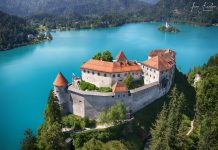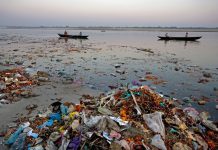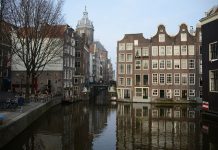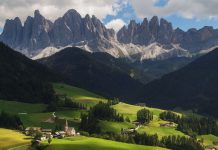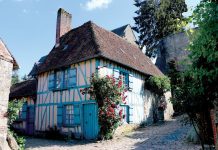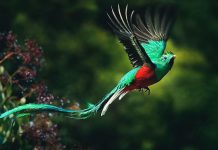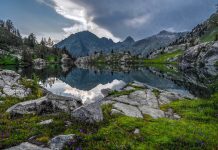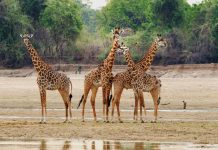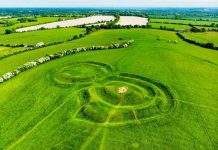Geologically speaking, Iceland is a very young country; its creation began less than 20 million years ago and is still progressing today. Volcanic eruptions in the Mid Atlantic Ridge, on the bottom of the Atlantic Ocean, created a mountain which grew above sea level, resulting in an island. So Iceland truly has a volcanic origin. This is illustrated by the presence of picturesque lava fields, craters, volcanoes, table mountains, mountains of pumice and fields of volcanic ash.
Iceland’s wildlife
Iceland’s wildlife reflects the youth of the country. There are relatively few insect species and only a handful of wild mammals. In the ninth century, when the first settlers arrived in Iceland, the only native mammal was the arctic fox, but later on other species were introduced by man. Birds are still discovering Iceland and new species are regularly observed. There are no reptiles and amphibians, and there are simply no dangerous animals!
Interaction between volcanic activity and ice or water
Due to the northerly location of the country, there is a good deal of interaction between volcanic activity and ice or water. In the Kverkfjöll area, hot springs rising beneath the glacier have created impressive ice caves. At times volcanic eruptions occur under glaciers, causing massive melting of the ice, often dramatically fast.
Vegetation
Another consequence of Iceland’s location in the Arctic that will amaze the visitor is the vegetation. The summer is short, so flowers that bloom in different months further south all bloom at the same time in Iceland. They do not always grow as tall as they do further south: orchids and gentians are plentiful in Iceland but are smaller than elsewhere. The energy and heat in Iceland’s soil create conditions that are unique at this latitude and make the vegetation much richer than one would expect.
Thinner earth crust
The Earth’s crust is much thinner under Iceland than it is under Europe or America. As a result, the molten rock is closer to the surface and heats up the groundwater deep in the earth, giving rise to numerous hot springs. In many places the natural hot water is used for space heating and to fill swimming pools, and of course the boiling, bubbling hot springs are an extraordinary sight. This is particularly true in the Geysir area, where the geyser Strokkur produces a high column of boiling water every 15 minutes or so.
The environment is important to the Icelanders
Over the millennia, glaciers, erosion and the tectonic movement of the Earth’s crust have helped to shape the landscape. Great rivers have formed, containing countless waterfalls, of all shapes and sizes. In fact, there are so many that not all the waterfalls even have names. The rivers are a great source of environmentally friendly energy, of which the Icelanders gratefully avail themselves. The environment is important to the Icelanders and they are continually searching for newer and better solutions. The use of hydrogen and other new sources of energy, in some countries considered a dream for the future, is already becoming a reality in Iceland.
Glaciers
Ten per cent of Iceland is covered with glaciers, vast, magnificent worlds of ice. Every year they move and change a little, sometimes growing in cold periods and sometimes, as in recent years, shrinking. Glaciers are naturally white, but in some areas volcanic ash has fallen or been blown on to them by the wind, turning the glacial tongues black. In many places you can see layers of white and black in the ice, because in winter any layers of black ash or sand on a glacier will be covered with fresh snow. The glaciers move forward, pushing soil, sand and stones before them, but they can also retreat. This can result in picturesque lakes where icebergs float. There are quite a few of these in Iceland, the most spectacular being the Jökulsárlón glacial lagoon in the southeast. This is part of the new Vatnajökull National Park, the biggest in Europe, which encompasses the Vatnajökull ice cap.

